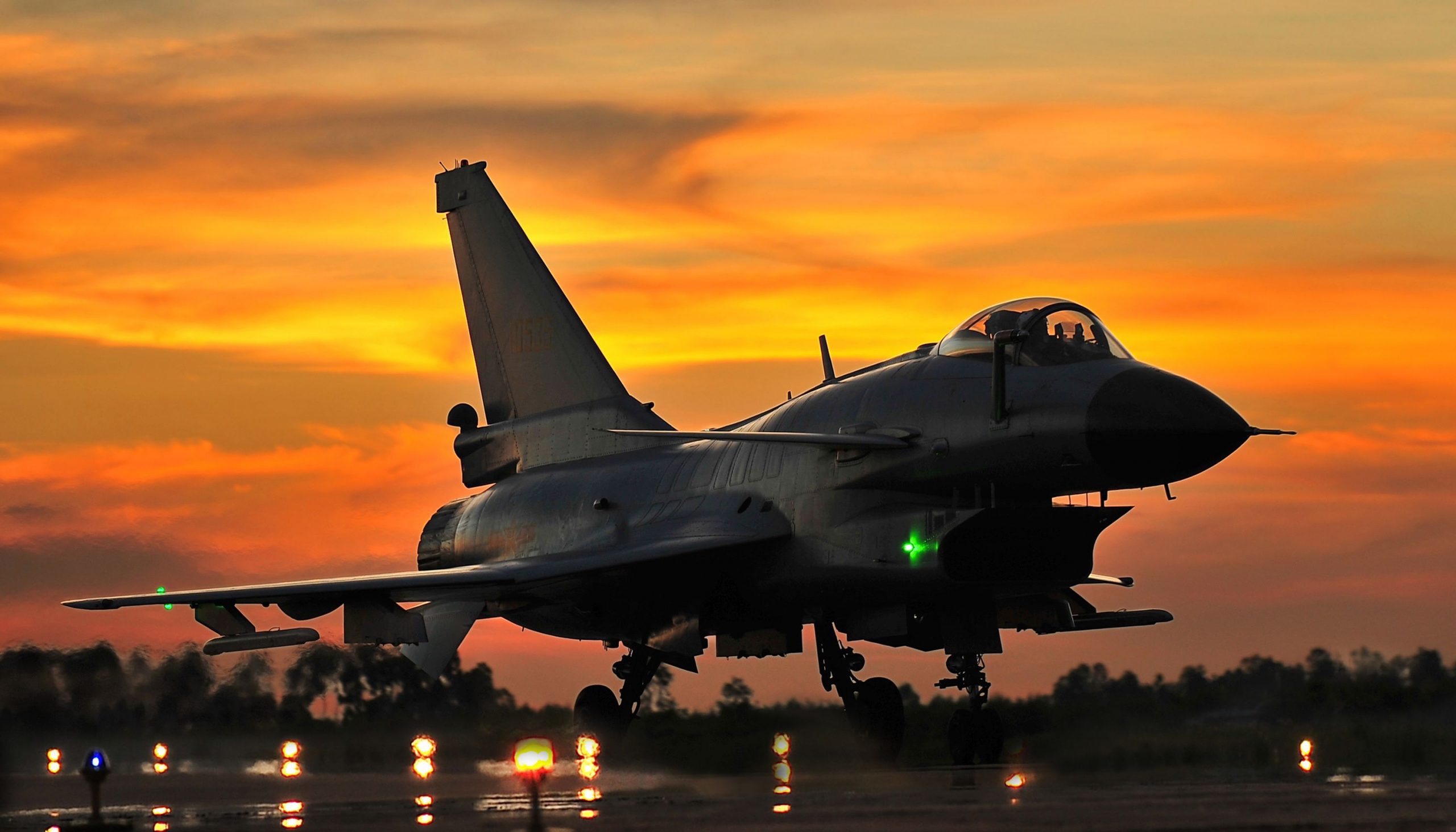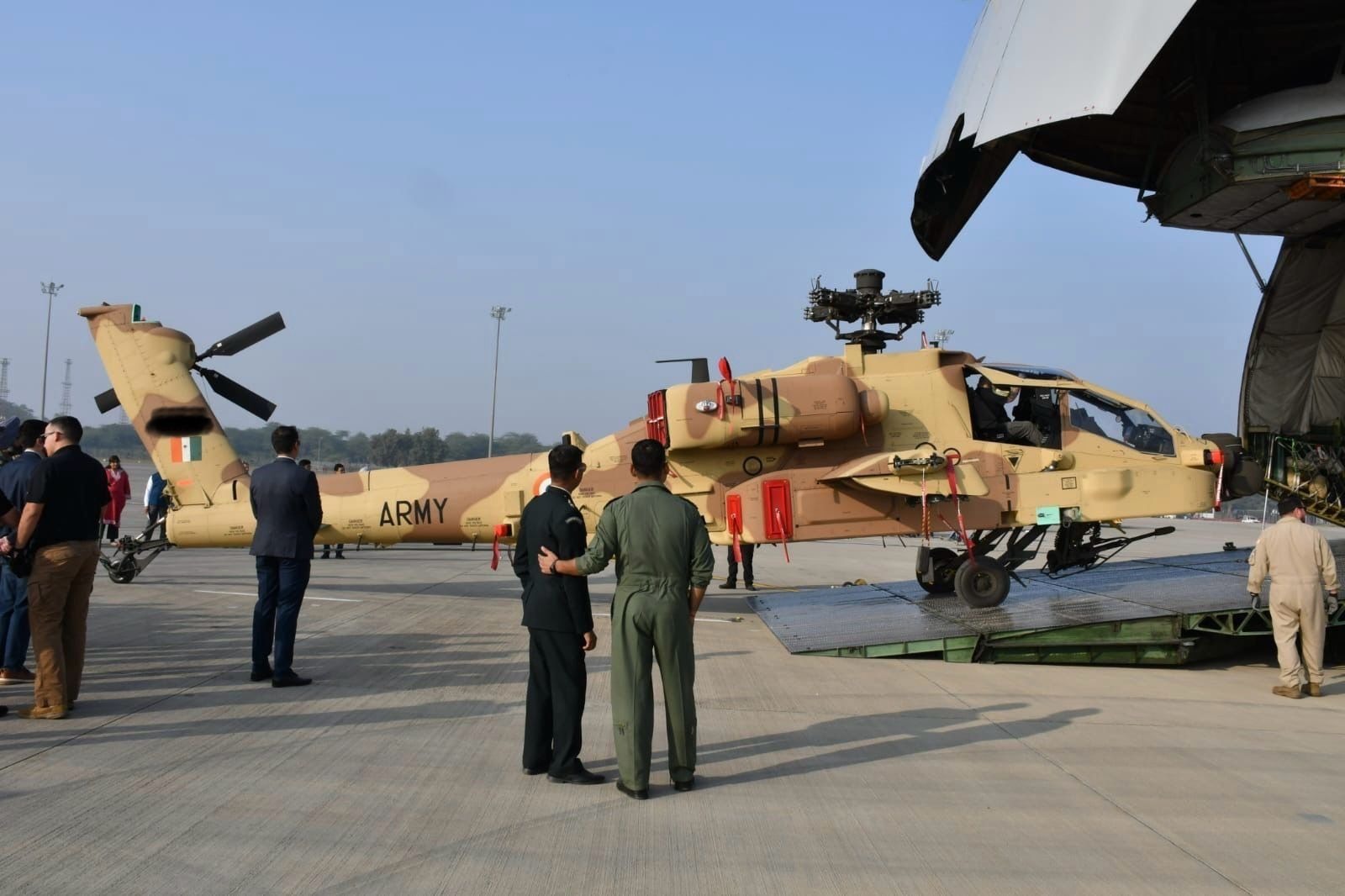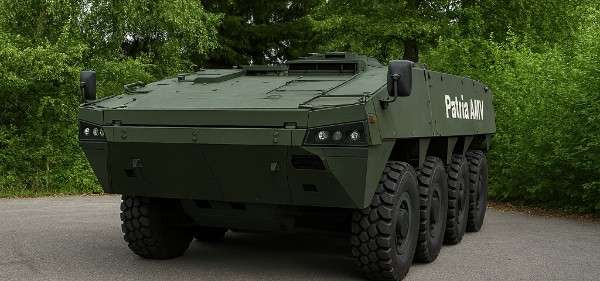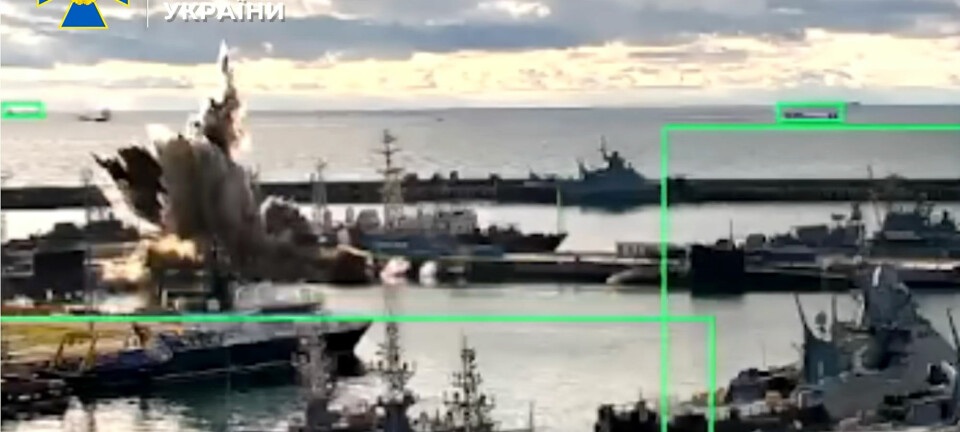The Chengdu Aircraft Industry developed the J-10 (Jian 10 or Fighter 10) as China’s first indigenously manufactured multirole fighter aircraft. The Vigorous Dragon is the name given to the J-10 aircraft in the West, or Firebird in NATO reporting name.
In 2007, China publicly revealed the J-10. The existence of the J-10 was originally announced in 1994, however, the J-10 Programme began in 1988 and the single-seat aircraft flew for the first time in 1998. In 2003, a two-seater model flew for the first time.
According to accounts, the J-10 entered service in 2005 and is currently in use by at least two PLA air force units in single and two-seater versions. The air force showcased the first native fourth-generation J-10 aircraft in April 2010.
In 2016, J-10B, an improved variant of J-10, made its public debut. It boasts an AESA radar system and is capable of aerial refueling. It also includes thrust vector control technology and a longer nose radome. In April 2018, the PLA received the J-10C, the most recent iteration of the J-10.
J-10c for Pakistan Air Force
With India’s rapid military modernization program eyeing the possibility of a two-front conflict with China and Pakistan. Islamabad is exploring various options from the latest missiles and jets to naval frigates and corvettes to maintain the balance of power in the region. Currently, reports are coming that Pakistan will induct a Chinese manufactured J-10 fighter jet next year.
The J-10c fighter jets are considered 4.5 generation jets similar to the advanced version of the F-16s of the U.S manufactured by Lockheed Martin. Although, the news started circulating the various news and media platforms in 2006 the option for acquiring the J-10 jets was halted as both China and Pakistan underwent a joint production program of the JF-17 fighter jets.
It is well-known fact that Pakistan has mostly made military deals with China in a bid to divert its reliance on western countries and also because of low cost. Currently, Pakistan is planning to purchase J-10c fighter jets from China.
Read More: The Dominance of NATO Fighters in the Middle East
J-10c is an upgraded version of its predecessors sporting an active electronically scanned array AESA fire control radar and is made of composite materials for high strength and lower weight. The recent appearance of an operational Chengdu J-10c powered by a domestically produced engine marks a key moment for the single-engine type and increased the effectiveness of the Chinese air force (PLAAF).
For the part of the reason, the threat has increased from India especially after the brutal clash between Indian and Chinese soldiers at Galwan valley. India ordered additional Mig-29 fighters from Russia which would be added with new technologies along with the AESA radar thus, making it one of the most potent aircraft in the Indian air force fleet.
Moreover, these upgrades would later be carried out on all Mig-29 jets in the Indian service making it at par with any 4.5 generation plane. Similar upgrades are planned for the Su-30mki which has recently been tested to carry the Brahmos and Mica missiles.
Read More: Armed forces adoption to Pandemic led the world
The J-10ce, an export version of the J-10c is expected to neutralize some of the Indian threats and pose an additional challenge for the Indian Air Force. Like the F-16, the J-10 possesses a highly agile aerodynamically unstable airframe that is stabilized by a computer in its fly-by-wire flight control system.
The J-10c model is believed to have capabilities similar to a 4.5 generation fighter jet something similar to Indian Rafale fighter aircraft. Its most significant enhancement is the inclusion of an AESA radar, the current best standard in air warfare boasting higher resolution and greater discretion, and resistance to jamming.
J-10c is made of composite materials for high strength and lower weight. Its internal armament consists of a Gryazev-Shipunov GSh-23 twin-barrel cannon located underneath the port side of the intake other weaponry and equipment are mounted externally on eleven hardpoints to which six thousand kilograms of either missiles or bombs, drop tanks containing fuel, or other equipment such as avionics pods can be attached.
Read More: Pakistan Confirms Arrival of Chinese J-10 C Fighter Aircrafts
Air-to-air missiles deployed by the J-10c may include short-range air-to-air missiles such as the pl8 and pl-10 medium-range radar-guided air-to-air missiles such as the pl-12 pl-15 pl-15e unguided and precision-guided munitions such as laser-guided bombs air-to-surface missiles such as Kd-88 anti-ship missiles the Yj-91a and anti-radiation missiles such as the Yj-91.
Many aspects of the J-10C mid-sized fighter jet including the size aerodynamic characteristics of aviation, weapon systems, and overall combat capability are comparable to the rafale fighter jet of the Indian air force.
During the Shaheen-nine exercise jointly held by Pakistan in China, Pakistani pilots also gained invaluable experience by using Chinese J-10c and J-11b fighter jets to simulate the Indian rafale and SU- 30 fighter jets.
Read More: Shahpar-II: Pakistan’s new armed drone
The fighter was regarded as a state secret until January 2007 when official media finally disclosed that it had entered the PLA’s air force service. Since 2008 the al-31 has been the key engine for all variants of the J-10 from the original J-10 to the far more advanced J-10c.
Beijing always had plans for the J-10 to receive a locally manufactured engine, the Shenyang ws-10 Tai Hang but the challenges involved in developing aircraft engines forced it to stick with the Russian power plant longer than planned. However, in early May 2021, it became clear that a corner had been turned.
A J-10c in an operational unit was spotted with the WS-10 engine. Although, there was no official statement rather a clear image of an operational J-10c with the WS-10 appeared on social media and was also covered by a Chinese television report about the appearance of the WS-10 power.
The engine’s appearance with a J-10c continues the long development history of the J-10 program from the somewhat rudimentary J-10a. The variant was produced until late 2014 when production switched to the J-10b. The J-10c however has received updates including the ability to carry the pl-10 infrared-guided missile.
The most advanced J-10 variant is the J-10c and the Pakistan air force is going to induct this J-10 cp fighter jet in the year 2022 in order to maintain its air superiority viz a viz India.












